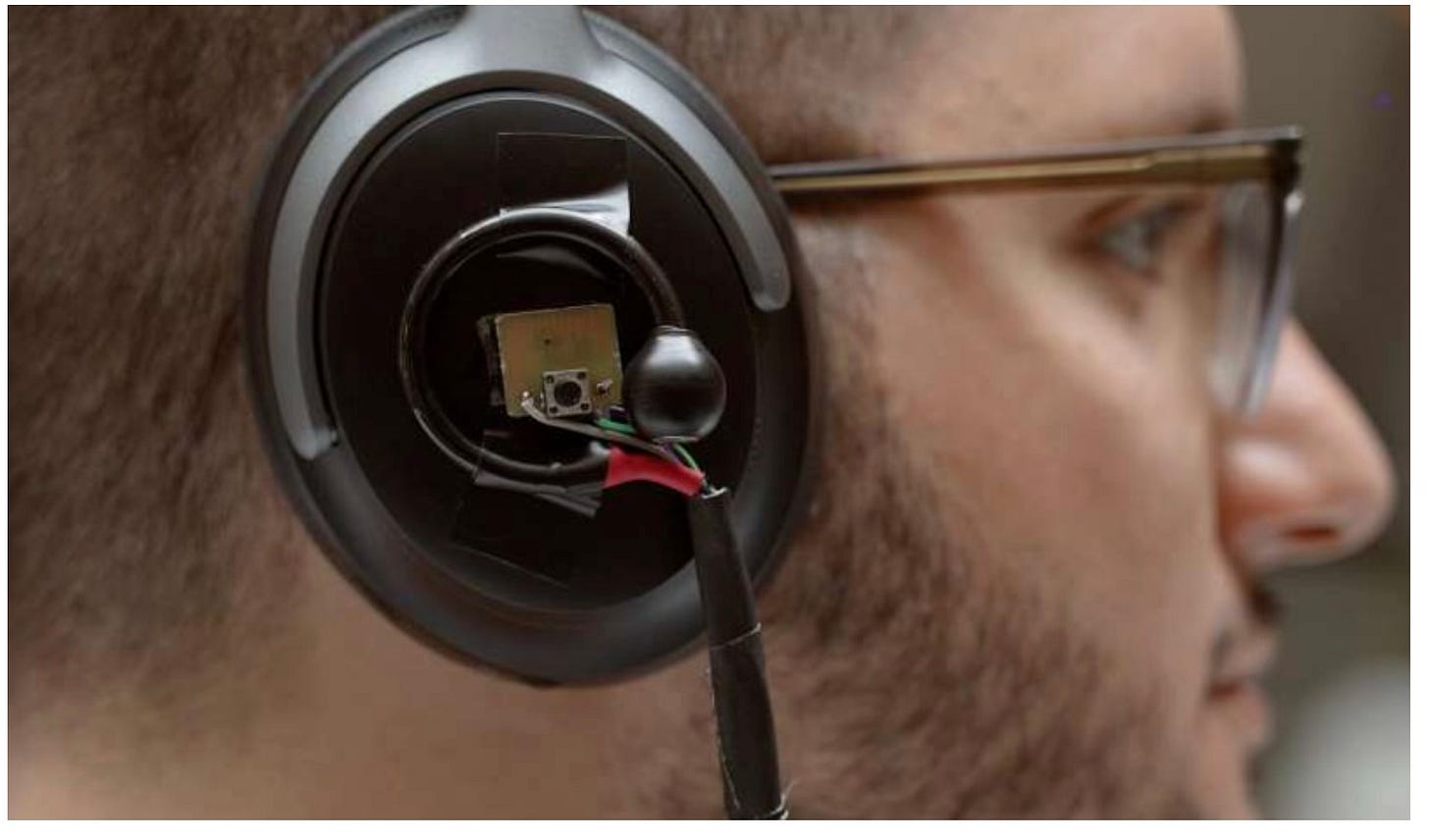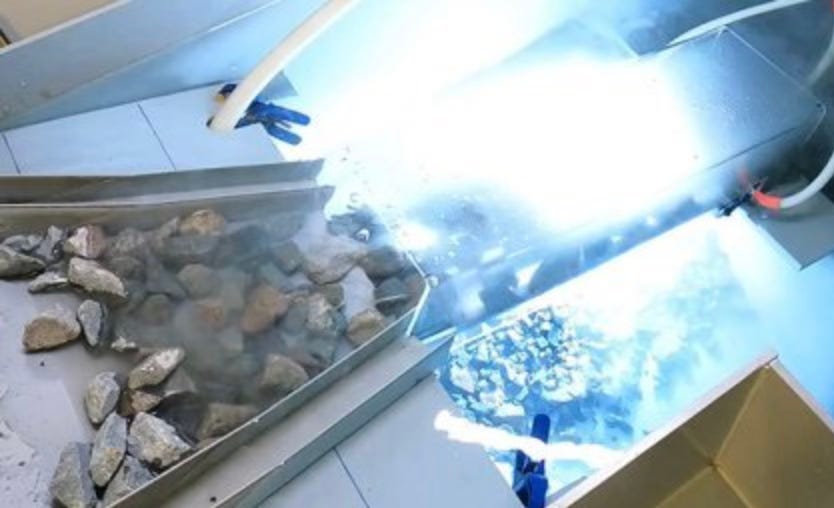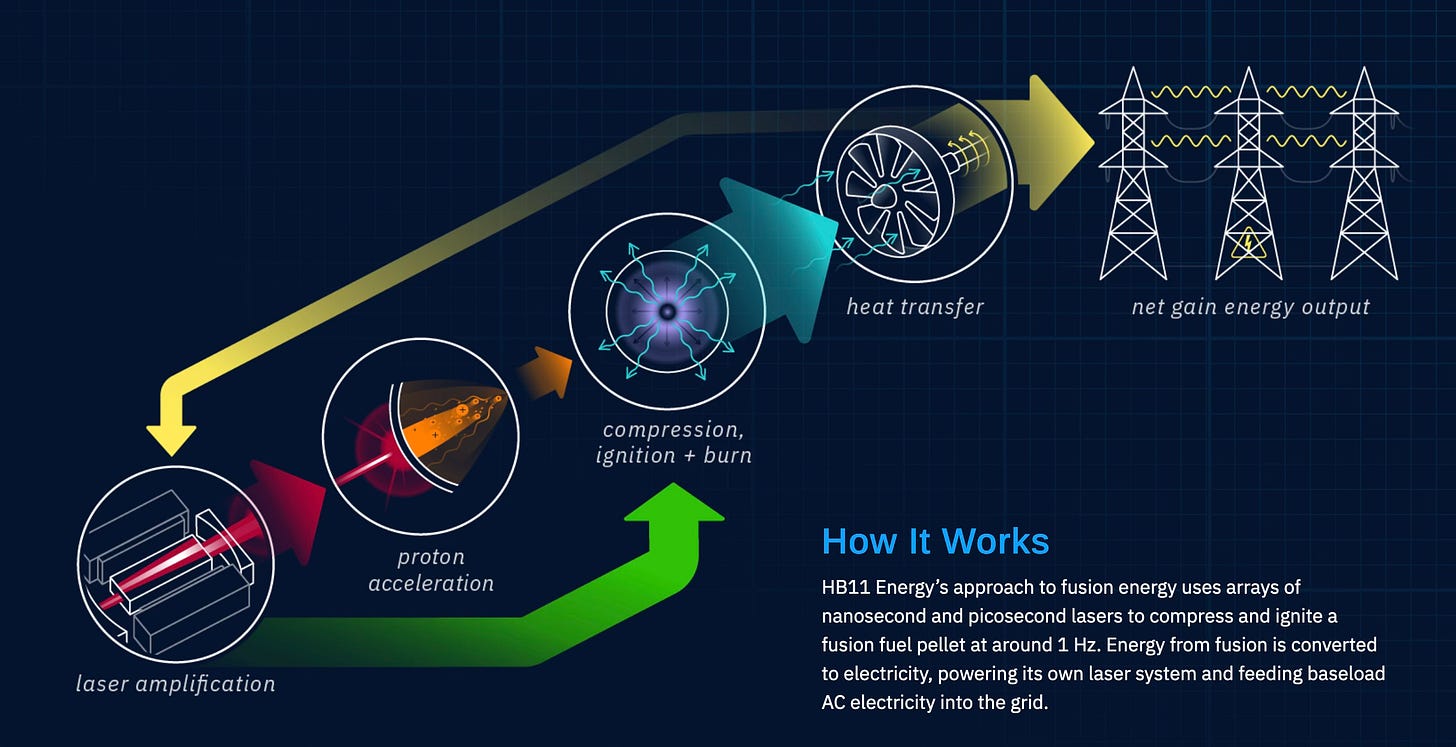This week we discover a new AI driven set of headphones that allow you to listen to a person in a crowded room whilst they walk around the room away from you. We investigate a new method of preprocessing mineral ore that zaps the ore with a high high voltage electrical bolt. This separates the rock with mineral from baron rock reducing processing by approximately 30%. We examine the world’s largest genome in a living thing and finally we catch up with two fusion startups that are taking a very different path to fusion energy production.
AI Headphones
A team at the University of Washington have taken noise cancelling headphones a step further. Headphones are now very good at creating an auditory blank slate by removing certain sounds from the environment however the user has little control over who to listen to.
The team developed an AI that lets a user wearing their headphones look at a person for three to five seconds and then hear everything that person says no matter where the person moves in the room. Called Target Speech Hearing, all other sounds in the environment are cancelled out and the speaker’s voice is played in real time as the listener moves around and no longer faces the speaker.
The system can be fitted to off the shelf headphones. A user taps a button while directing their head at the person they want to listen to. The sound waves from the speaker’s voice should reach the microphones on both sides of the headphones simultaneously. A machine learning algorithm then learns the desired speaker’s vocal patterns. The system latches onto the speaker’s voice and continues to play it back to the listener even as the pair moves around the room.
The team is working on expanding the system to earbuds and hearing aids. It sounds useful to me but this is also kind of creepy. Be very careful what you say in public. You will never know who is listening.
High Voltage Mining
A team from the University of Queensland have developed a technique where a high voltage pulse, similar to a lightning strike, is used to selectively break up mineralized ore. Barren rocks are separated from the more valuable mineralized rocks prior to processing.
The team found that electrical energy automatically targets the conducive mineral particles within a rock. The electrical energy breaks apart the rock as it makes its way to the particles. Breaking rocks in this way reduces the amount of processing time and energy consumed by approximately 30%.
The team electrified a conventional piece of rock sorting equipment. This allowed the rocks to be zapped as well as sorted in the same process. This approach keeps the throughput at over the 100 tons per hour required by the mining industry.
The technique is in the process of being commercialized with a pilot plant to be built shortly.
The Largest Genome
The genome from tiny fern from New Caledonia has been found to contain 50 times more DNA than the human genome. A team from the Royal Botanic Gardens in Kew, UK and Institut Botanic de Barcelona in Spain found that the fork fern species Tmesipteris oblanceolata, has the largest genome found so far of any species on the planet.
When unraveled the genome is over 100 meters long. In Australian terms that is over two Olympic swimming pools long or in British terms that is taller than Elizabeth Tower (it is 96 meters high and houses Big Ben). The analysis showed that the genome held 160.45 gigabytes of data. That is 7% larger than the previous record holder.
Plants are more diverse at the DNA level than animals. The largest known animal genome is the marbled lungfish with a 120.9Gbp genome. A larger genome however is not an advantage. Species with large amounts of DNA are restricted to being slow growing perennials. They require more nutrients and are less likely to be able to adapt to change in their environment. This is probably why the Tmesipteris oblanceolata is only found on a single isolated island some 350 million years after it first evolved. Plenty of time to have spread globally.
Fusion Energy Updates
HB11
We have spoken previously about Sydney based HB11 who are using a high powered laser to fire a hydrogen atom at a Boron 11 atom to fuse the two atoms. Giving off heat which is converted to electricity.
After completing testing in Japan earlier this year the team has now reached the design stage of their development roadmap. They are currently undertaking their Series A capital raise to fund the next step of design and testing.
Fuse Energy
Fuse Energy is taking a different approach from other Fusion startups. It is taking an interim step on the path to full fusion power generation. Fuse has won a contract from the US Air Force to provide nuclear testing and system hardening services. The first steps that you need to take to build a fusion reactor are the same steps that you need to take to generate the radiation needed for nuclear weapons testing and hardening.
There is a massive need and a massive budget for this testing (US$25 billion annually). Fuse is selling a radiation testing as a service product to a government with a massive need and little capability to out compete them. The systems and processes that have been developed for this service can also be sold to other fusion companies bringing in more revenue.
Fuse then plans to sell power from a fission-fusion generator that uses nuclear waste as fuel. Not quite pure fusion but a step along the way to building pure fusion reactors. Packy McCormick at Not Boring has written a long but very interesting blog post about Fuse. Highly recommended for those interested in the space. You can find it here.
Paying it Forward
If you have a start-up or know of a start-up that has a product ready for market please let me know. I would be happy to have a look and feature the startup in this newsletter. Also if any startups need introductions please get in touch and I will help where I can.
If you have any questions or comments please comment below.
I would also appreciate it if you could forward this newsletter to anyone that you think might be interested.
Till next week.







Those headphones look good for spy series..